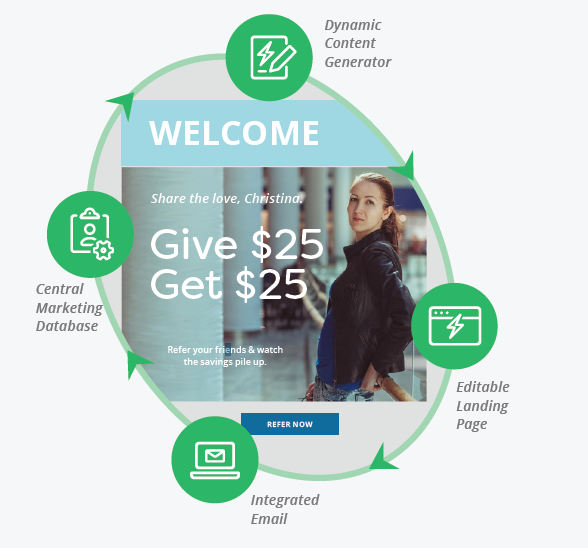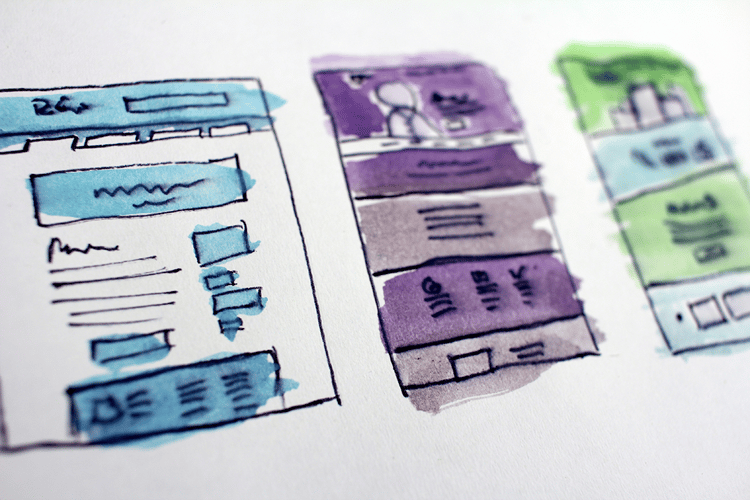7 Easy Ways To Multiply Your Conversions in marketing

Ask marketers what their goals are, and one of the first things they will say is to deliver a more personalized experience to their customers. This isn’t a goal aimed solely at increasing conversions in marketing; it’s also about meeting customers’ growing expectations.
To put this into context, five years ago people were awed when Amazon could recommend a product they’d love. Today, users expect that Netflix will recommend to them another binge-worthy series based on their tastes. In fact, nearly 74% of users get frustrated with websites that don’t deliver personalized content, which affects online marketing results.
So how does a marketer meet this high demand for personalized communications? The answer is in understanding the power of dynamic content and how it makes static content marketing obsolete. These effective marketing tips can significantly enhance your strategy.
1. Landing Pages
Landing pages are a great way to convert users into customers, enhancing conversions in marketing. Consider the impact of delivering a personalized message to every user. The details will, of course, depend on the product. Start by integrating the lead’s name into the page design, and then reference products the lead has already used. Go one step further by personalizing the call to action. If a lead has already downloaded one of the opt-in rewards, for example, display another to ensure that she remains in the funnel.
2. Email
Delivering dynamic content to users in email campaigns is a great way to increase open rates and conversions, improving online marketing results. Again, there’s much more to personalizing an email than including the user’s name. Content can be changed depending on the user’s location or browsing history in the same way it works on your landing pages.
3. Forms
With dynamic content, a site can offer a better user experience by delivering personalized forms, a key part of effective marketing tips. When a visitor is identified as “known” versus “unknown,” the site can present variations on forms displayed or hide them altogether. For example, an unknown visitor might receive a form with a special offer whereas a known visitor might simply need to confirm his email address. Other website personalization can happen once someone is a known visitor. A known visitor might see a login page instead of a registration page.

4. Redirects
Another way to achieve conversions in marketing is by using redirects. If a user has been seeking more information about Hawaii, for example, he could be redirected to a page about Maui. Redirects can happen almost instantaneously, and the visitor may not even realize that they’ve been redirected.
5. Pop-Ups
You don’t have to rely on past behavior to deliver dynamic content to users. By using real-time signals, such as the time spent on a page, length of inactivity, scroll activity, or user clicks, you can deliver intelligent pop-ups to achieve a specific action, thereby improving online marketing results.
6. Personalized Recommendations
We’ve already talked about how major online companies use personalized recommendations. Both Amazon and Netflix use data-driven recommendations to encourage users to purchase more items (in the case of Amazon) or continue their subscription (in the case of Netflix). But recommendations don’t just have to be product-related. You could also recommend content from your blog based on the articles a user has previously read. In essence, this helps to “free” content from the “confines” of repeat purchases and to ensure users see as many of your products as possible. This strategy is one of the most effective marketing tips for enhancing user engagement.
6. Dynamic Searches
On large websites with hundreds or thousands of pages, search bars can become user-unfriendly very quickly. Here, use individual user data as well as site-wide data to deliver a personalized, user-friendly experience. One method would be to suggest the most frequent search queries. Alternatively (or in addition), the site can deliver results based on a user’s previous preferences. For instance, a user might prefer a particular brand of clothing or only buy items in a particular pricing bracket, enhancing conversions in marketing.
From the examples at the start of this guide, you can see that there are many ways you can integrate dynamic content into your marketing strategy. Below you will find seven examples. But there’s no need to limit yourself to these. Test and experiment different options yourself to achieve better online marketing results. The important thing to remember, however, is to always make sure that the content you are serving is relevant to the user, employing effective marketing tips.
Hungry for more information? Contact us today to see how you can leverage your content!




